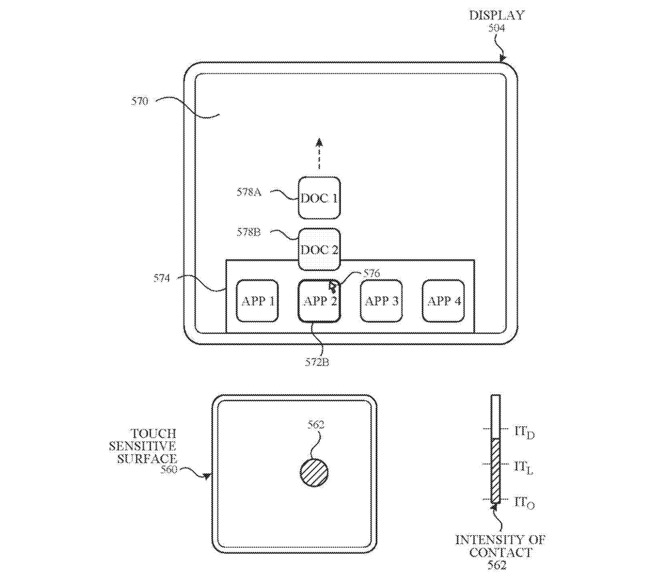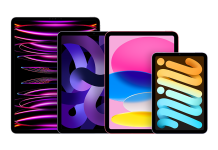A pair of brand new Apple patents have surfaced online. Both documents depict a very unique function which is different from each other. One suggests an Apple iPhone that can function underwater, while the other showcases a design for automatic screen orientation adjustment according to the users’ face.
Starting with the underwater functioning iPhone, Apple patented a device to run an interface specifically designed for submerged usage. The US Patent No. 20200104021 refers to an “Underwater User Interface.” This essentially mentions that the UI of an iOS device simplifies when it detects that one is underwater. It is a notable step in the software direction since OEMs primarily focus on the hardware aspects of securing the device.

However, taking practicality into account, one would more likely be focused on swimming underwater to be able to navigate the general UI. According to the patent, “Current methods for displaying user interfaces while an electronic device is underwater are outdated, time consuming, and inefficient. For example, some existing methods use complex and time-consuming user interfaces, which may include multiple key presses or keystrokes, and may include extraneous user interfaces.”
Editor’s Pick: Samsung Galaxy S20 ships with Snapdragon in South Korea, Humiliates the company’s Chip Division
In other words, Apple wishes to cut down on the UI when submerged to make it instantly usable and viable as a product underwater. Through this, the Cupertino based giant plans on saving users time by not having them navigate through the general software/custom skin. Examples of this include prompts or querries requiring multiple confirmations.
The second patent, with the US Patent No. 20200104033, detailed “Using Face Detection to Update User Interface Orientation.” In other words, it mentioned rotating the display to the right position, according to the orientation of the user’s face. An example of this is with the iPads. The tablets from Apple can be rotated and oriented in the landscape or even portrait mode.

However, sometimes the device may orient it in the wrong position, requiring one to shift the device over again till it is corrected. Apple aims to remove this tedious process by orienting the screen in accordance with the position of the users’ face. This will be especially helpful when the iPhone or iPad is kept on a flat surface, where the sensors can adjust the screen according to the users’ position.
UP NEXT: Xiaomi Mi Bunny Children’s Watch 4 with Dual Cameras launched in China for 899 yuan ($127)
(Via)






